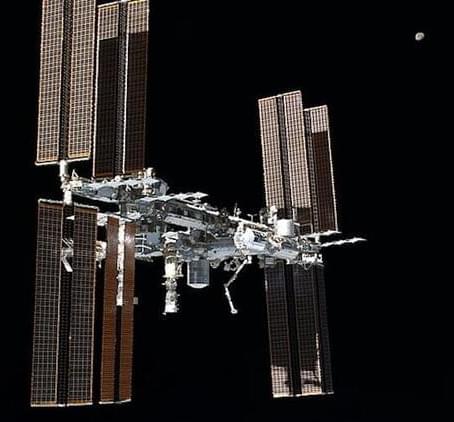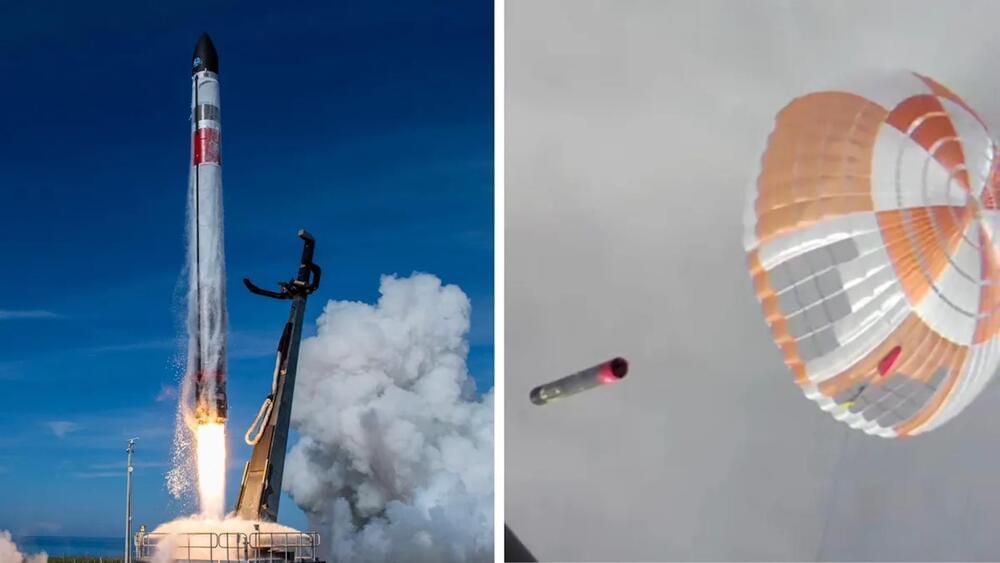One small step for a machine… one giant leap for the singularity.
This AI actually improved a key algorithm that makes it run even faster.
In this video I discuss new Deepmind’s AlphaTensor algorithm and why this work is so important for all the fields of Engineering!
Deepmind’s paper “Discovering faster matrix multiplication algorithms with reinforcement learning”:
https://www.nature.com/articles/s41586-022-05172-4
My Gear:





